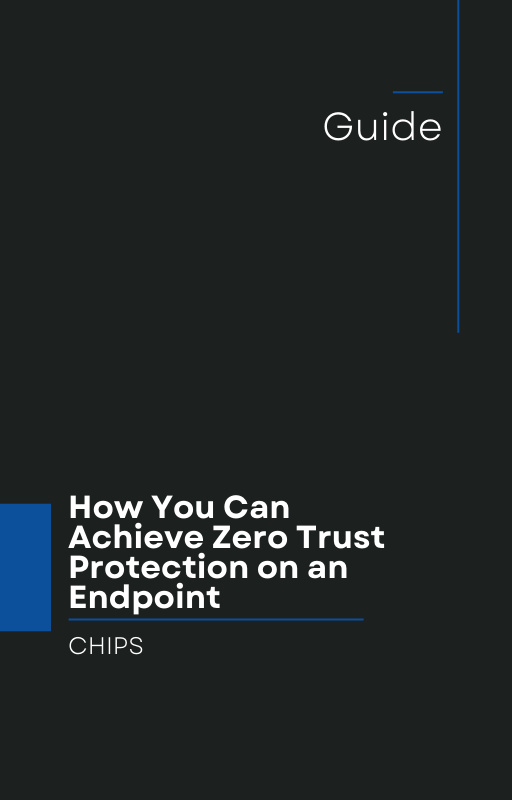Microsoft’s May 2025 Patch Tuesday reminds us once again: threat actors are moving faster than defenders can patch.
As reported by CSO Online, this month’s security update includes patches for five actively exploited zero-day vulnerabilities, among 61 total security flaws. While these zero-days vary in scope and impact, the consistent lesson is clear—the “detect and respond” model is failing us.
Let’s break down what’s at stake, why patching alone isn’t enough, and how businesses can take a radically more effective approach to endpoint protection.
A Closer Look at the Five Zero-Days
The vulnerabilities addressed in this month’s Patch Tuesday are not hypothetical risks—they’re confirmed active threats, already being weaponized in the wild:
-
CVE-2024-30051 – A Windows DWM Core Library Elevation of Privilege vulnerability.
-
CVE-2024-30040 – A Microsoft Outlook Security Feature Bypass vulnerability.
-
CVE-2024-30046 – A Microsoft Edge (Chromium-based) Security Feature Bypass.
-
CVE-2024-30044 – A Windows MSHTML Platform Remote Code Execution vulnerability.
-
CVE-2024-30066 – Another MSHTML Platform flaw enabling code execution through specially crafted content.
These types of vulnerabilities often require little user interaction, making them highly attractive to threat actors. Once exploited, attackers can gain elevated privileges, sidestep security protocols, or execute arbitrary code—effectively taking over a system.
Why “Detect and Respond” No Longer Works
Most traditional cybersecurity tools focus on detecting malware after it’s already in your environment and then triggering a response. But the window between compromise and response is shrinking—or disappearing entirely.
With zero-days like these, attackers often evade detection altogether. The malware doesn't exhibit known behaviors, and endpoint detection and response (EDR) tools don't recognize it. As a result, defenders are left blind, responding only after damage has been done.
In this month’s case, the zero-day in Microsoft Outlook (CVE-2024-30040) can be triggered simply by previewing an email. Think about that—your staff doesn’t even have to click a link to compromise your network. By the time your EDR solution sends up an alert, the attacker may already have footholds across your systems.
AppGuard: Isolation and Containment by Design
Rather than trying to detect and chase after bad behavior, AppGuard takes a radically different approach: it assumes that code—even signed, trusted code—might be compromised, and it blocks processes from misbehaving in the first place.
AppGuard enforces strict policies at the kernel level, isolating applications and containing any unauthorized activity. It doesn’t rely on signatures, behavioral analysis, or cloud-based threat intel to make decisions. That’s why it has a proven 10-year track record of blocking even the most sophisticated malware—including zero-day exploits like those highlighted this month.
Had AppGuard been deployed on endpoints affected by these vulnerabilities, those elevation-of-privilege and remote execution attempts would have been stopped cold—without needing to be detected first.
Patch Management Is Still Important—But It’s Not Enough
Yes, you should patch—and quickly. But let’s be honest: not every system gets patched immediately, and attackers know it. The lag between disclosure and full remediation across an enterprise is a golden window for cybercriminals.
That’s why we’re urging businesses to rethink their endpoint strategy. If you're relying on tools that need to first see an attack to respond, you’re already a step behind.
Talk with CHIPS: Let’s Prevent the Next Incident
The zero-day vulnerabilities disclosed this May aren’t anomalies—they’re symptoms of a broken model. Businesses can no longer rely solely on detection-based security. It’s time to shift from “detect and respond” to “isolate and contain.”
AppGuard offers that containment-first model, protecting your systems even when zero-days slip past the radar. Don’t wait for the next Patch Tuesday to find out your business was vulnerable.
👉 Talk with us at CHIPS today about how AppGuard can protect your business from the next wave of attacks—before they start.
Like this article? Please share it with others!

May 20, 2025

Comments